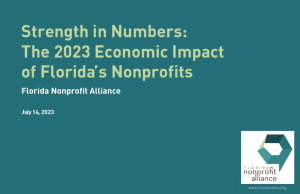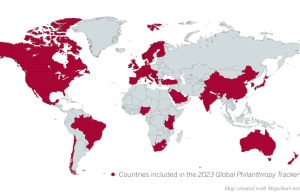“Knowledge is knowing a tomato is a fruit; wisdom is not putting it in a fruit salad.” The same could be said for living hand to mouth, whether that’s running a household or running a nonprofit.
Ben Aase and Keven Truhler, principals with the Sage Intacct Practice at CLA (CliftonLarsonAllen), offered up policy and practical considerations when it comes to reserves during a session titled “Rethinking Reserves Strategies,” at #SageTransform conference earlier this year.
The pair used an analogy to personal financial planning when it came to reserves. A salary is like smaller dollar amounts with a shorter time horizon while savings are more like larger dollar amounts with a longer time horizon. Short-term savings are those that can be spent on things like student loans, vacations or gifts, while long-term savings can be allocated for such things as major renovations, college tuition, or retirement.
Reserves are a critical part of any operation that can be used in a plethora of ways. Reserves can help to bridge cash flows, maintain financial solvency, weather economic cycles, and fund unexpected (or even expected) opportunities. They can also protect against unpredictable political behavior, maintain and purchase productive assets, reinvest for programmatic relevance and impact, generate interest income to support operations, or drive capacity for new debt to fund major capital needs.
Reserve categories can be expected to change over time as an organization’s environment and strategies change. Consider flexible levels of approval and authority between governance and management. Reserve targets can be adjusted in conjunction with the annual budgeting process, to understand the reserve requirements and impacts on reserve levels for planned and budgeted activities. A revised policy should also speak to how reserves are accounted for, reported, and monitored.
Aase and Truhler identified essential elements of a nonprofit’s reserves policy:
- Purpose
- Definition and goals
- Accounting of the fund
- Funding of the fund
- Authority to use the fund
- Reporting and monitoring
- Relationship to other policies
- Review of policy
Additional investment policy statement elements can include asset allocation, risk tolerance, time horizon and prohibited investments. There are also complementary policies, such as investment, spending, risk management and plans for contingencies, like disaster recovery, and operating and capital budgeting, or fund development.
Ideally, the approach to reserves and re-investment allows for thoughtful innovation and calculated risks. But that’s a mature stage for a nonprofit and getting to such a desired state requires making it through several stages before reaching it. Aase and Truhler explained a financial reserves maturity model, describing the different stages for a nonprofit. In a start-up, reserves are non-existent and the organization must carefully manage its balance sheet year to year.
During its formative years, an organization’s reserves are growing but a target level has either not been set or achieved. In the growth stage for a nonprofit, reserves are well-funded but not consistently considered for “re-deployment to spur growth.”










